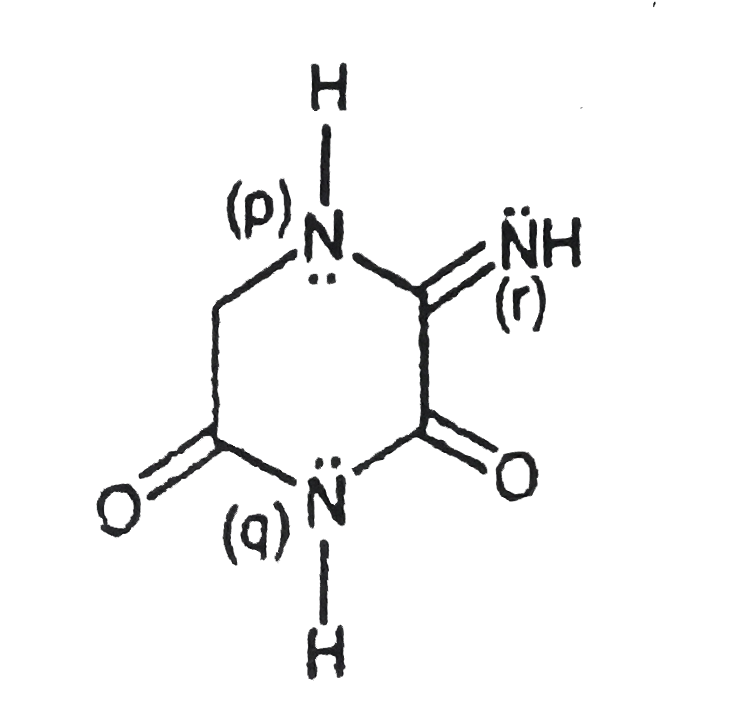If P represents the fibre and Q represents the fabric, find out the correct order in which Q is made from P.
P, Weaving, Spinning, Obtained from source, Yarn, Q
P, Obtained from source, Spinning, Weaving, Yarn, Q
P, Obtained from source, Spinning, Yarn, Weaving, Q
None of these
The correct Answer is:C
To determine the correct order in which fabric (Q) is made from fiber (P), we can break down the process into clear steps:
1. Source of Fiber (P): The first step is to obtain fiber from natural sources. Fibers can be derived from plants (like cotton, jute) or animals (like wool, silk).
2. Obtaining Fiber: Once we have identified the source, we extract the fiber. This can involve processes like harvesting cotton from cotton plants or shearing sheep for wool.
3. Spinning the Fiber into Yarn: After obtaining the fiber, the next step is to convert it into yarn. This is done through a process called spinning, where fibers are twisted together to form a long strand known as yarn.
4. Creating Fabric from Yarn: The final step is to convert the yarn into fabric. This can be done through two main methods:
- Knitting: If we take a single yarn and loop it together, we create a fabric through the knitting process.
- Weaving: If we take two sets of yarn and interlace them together, we create fabric through the weaving process.
5. Fabric (Q): The end product, which is fabric, is now ready for use in making clothes and other textile products.
Summary of the Order:
- P (Fiber) → Obtaining Fiber → Spinning → Yarn → Knitting or Weaving → Q (Fabric)
- Knitting: If we take a single yarn and loop it together, we create a fabric through the knitting process.
- Weaving: If we take two sets of yarn and interlace them together, we create fabric through the weaving process.
- P (Fiber) → Obtaining Fiber → Spinning → Yarn → Knitting or Weaving → Q (Fabric)
Topper's Solved these Questions
- FIBRE TO FABRIC BOOK - SCIENCE OLYMPIAD FOUNDATION CHAPTER - FIBRE TO FABRIC EXERCISE - ACHIEVERS SECTION (HOTS)
5 Videos
- CLASS 6 SAMPLE PAPER FINAL 4BOOK - SCIENCE OLYMPIAD FOUNDATION CHAPTER - CLASS 6 SAMPLE PAPER FINAL 4EXERCISE - Section C - Science
4 Videos
- MOTION AND MEASUREMENT OF DISTANCES BOOK - SCIENCE OLYMPIAD FOUNDATION CHAPTER - MOTION AND MEASUREMENT OF DISTANCES EXERCISE - ARCHIEVERS SECTION (HOTS)
1 Videos
Similar Questions
Is P(7,0) and Q (0,7) represent the same point ?
View SolutionIf P represents radiation pressure , C represents the speed of light , and Q represents radiation energy striking a unit area per second , then non - zero integers x,y,z such that PxQyCz is dimensionless , find the values of x,y,andz.
View Solution
Knowledge Check
Point P represent the complex number z=x+iy and point Q represents the complex number z+1z. If P moves on the circle |z|=2, then the eccentricity of locus of point Q is
A3/5B4/5C3/4D1/2 Q
Q
Find out P and Q :APisPh−N=OH∣C−CH2CH3 and Q is O−CH3 ∣Ph−N=C−CH2CH3BPisPh−NH=O∣∣C−CH2CH3 and QisPh−N∣CH3−O∣∣C−CH2CH3CPisPh−NH=O∣∣C−CH2CH3 and QisPh−N=C∣OCH3−CH2CH3DP and Q both are sameLet P and Q be two points on the circle |w|=r represented by w1 and w2 respectively, then the complex number representing the point of intersection of the tangents of P and Q is :
Aw1w22(w1+w2)B2w1¯¯¯w2w1+w2C2w1w2w1+w2D2¯¯¯w1w2w1+w2

The correct basicity order of atoms p,q and r is :
View SolutionMatch the following lists (where [x] represents the greatest integer function) and then choose the correct code.

Codes :
a b c d(1)s r q p(2)q p s p(3)s r p q(4)p p q r
View Solution
Refer to the given figure and select the correct option representing the osmolarity at P,Q,R and S.
View SolutionP,Q,R and S are all various types of fibres .The fibres P and Q are obtained from animals whereas the fibres R and S are obtained from plants . The yarn made from P is used for knittig sweaters whereas the yarn made from Q is used for weaving saris. The fibre R is used in filling quilts whereas th yarn made from fibre Q is used in making gunny bags . What are P,Q,R and S?
View SolutionLet P and Q be two points on the circle |w|=r represented by w1 and w2 respectively, then the complex number representing the point of intersection of the tangents of P and Q is :
View Solution
